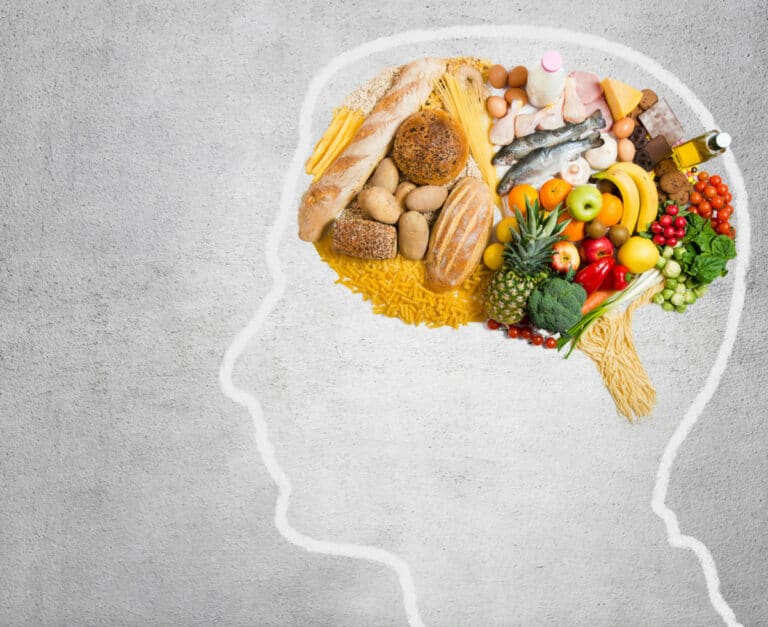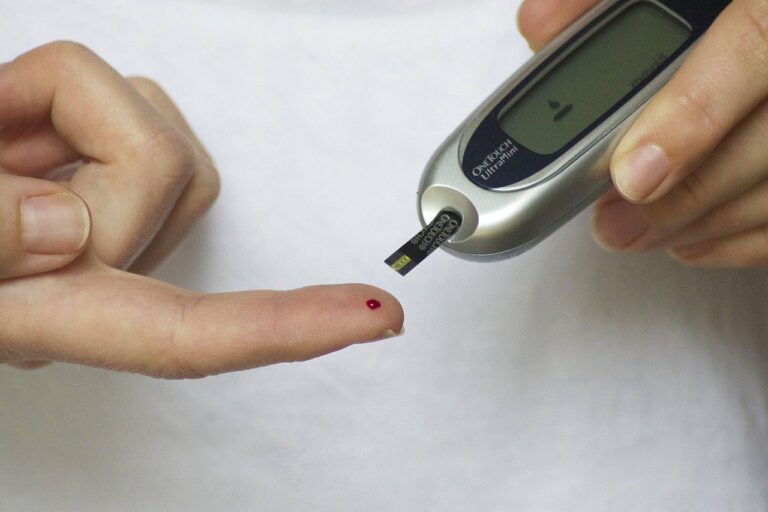It can often prove a challenge when it comes to diagnosing children with certain illnesses and diseases. Unlike adults, they can often find it difficult to explain the problems or symptoms they are facing, and with that comes difficulty in diagnosing them.
Despite this, parents or guardians can still make medical misdiagnosis claims on behalf of their children, even if there was difficulty explaining. In this article, we are going to explore the ten most misdiagnosed medical issues found in children.
1. Asthma
Asthma is commonly misdiagnosed in children because the symptoms such as coughing, wheezing, and shortness of breath can be similar to those of a cold or chest infection.
Not all children with asthma have the same symptoms, Asthma can be an intermittent condition, some healthcare providers may not be familiar with the signs and symptoms of asthma in children. Due to the difficulty in performing a diagnosis, such as a lung function test, which can be difficult to perform on children, especially very young ones.
All these factors can lead to a delay in diagnosis and treatment, making it crucial for healthcare providers to consider asthma as a possibility.
2. Food Allergies
Food allergies in children are often misdiagnosed because the symptoms that children experience can cause healthcare providers to explore other issues. Additionally, there is often a delay in the onset of symptoms, which can make it difficult to identify the specific allergen.
Furthermore, skin prick or blood tests may not always accurately diagnose a food allergy, as they can produce false positive results. Moreover, some children may only have a reaction to certain foods when they are combined with other foods, which can make the diagnosis even more challenging.
Lastly, a lack of knowledge and experience among healthcare providers can also contribute to misdiagnosis.
3. ADHD
ADHD is often misdiagnosed in children because the symptoms can be mistaken for other conditions, such as anxiety or depression, or simply due to poor behaviour. Also, the criteria for diagnosis of ADHD can be subjective and may vary among healthcare providers.
Furthermore, there may be a lack of clear guidance on how to evaluate and diagnose ADHD in children, leading to inconsistent diagnoses. Additionally, some children may have co-occurring conditions, such as a learning disability or sleep disorder, that can mimic the symptoms of ADHD, making it more difficult to diagnose.
4. Autism
Autism is often misdiagnosed in children due to the complex and varied nature of the condition, as well as the lack of a clear diagnostic test. The symptoms of autism can vary greatly among individuals and can overlap with those of other developmental disorders, such as attention deficit hyperactivity disorder (ADHD) or language disorders.
Also, the diagnostic criteria for autism have changed over time, which can lead to confusion among healthcare providers. Furthermore, there may be a bias among some healthcare providers to diagnose autism more frequently in boys than in girls, which can lead to missed diagnoses in girls.
Additionally, some children may have co-occurring conditions that mask the symptoms of autism, making it more difficult to diagnose. Finally, a lack of access to specialists in autism and limited resources for assessment and diagnosis can also contribute to the misdiagnosis of autism in children.
5. Depression
Conditions such as anxiety or ADHD can have symptoms that are likened to depression in children which is why it is often misdiagnosed. Another factor is that children may not express their feelings or emotions in the same way as adults do.
The criteria for diagnosis of depression can be subjective and may vary among healthcare providers. Additionally, some children may have co-occurring conditions, such as a learning disability or autism, masking the symptoms of depression and making it more difficult to diagnose.
Some children from certain cultural backgrounds or low-income families may also be less likely to receive a proper diagnosis or treatment. This is due to the lack of access to mental healthcare services or a lack of understanding of the condition among some healthcare providers.
6. Sleep disorders
Diagnosing sleep disorders in children can be challenging due to the overlap of symptoms with other conditions such as ADHD, depression, or anxiety. This can lead to inconsistent diagnoses. Additionally, some children may have underlying conditions, such as asthma or allergies, that can affect their sleep and make it harder to identify a sleep disorder.
Furthermore, common symptoms of sleep disorders such as insomnia and sleep apnea may be mistaken as a result of poor bedtime routines or a child’s misbehaviour. This can then make diagnosing the issues a challenge.
7. Gastroesophageal reflux disease (GERD)
GERD (gastroesophageal reflux disease) can be misdiagnosed in children as some of the symptoms present themselves in line with other issues. Paediatric GERD can present differently than in adults, with symptoms such as irritability, feeding difficulties, and poor weight gain.
To avoid misdiagnosis, it is important for healthcare providers to take a thorough history and conduct a physical examination and consider additional testing such as pH monitoring or endoscopy if necessary.
8. Viral Infections
Viral infections in children are often misdiagnosed due to a variety of factors. One reason is that the symptoms of viral infections can be similar to those of other illnesses, such as the flu or a cold, making it difficult to accurately diagnose the infection.
Additionally, many viral infections do not have specific diagnostic tests, and doctors may have to rely on a patient’s symptoms and physical examination to make a diagnosis. Furthermore, in children, symptoms of viral infections can be more severe and prolonged than in adults and may vary depending on the child’s age and overall health.
Therefore, health experts should consider the symptoms as being serious and should be prepared to explore them in depth. A proper medical history, physical examination and laboratory tests are crucial in making an accurate diagnosis.
9. Juvenile Idiopathic Arthritis
Juvenile idiopathic arthritis (JIA) is a type of arthritis that affects children and is often misdiagnosed due to its complex and varied symptoms. The symptoms of JIA can be similar to those of other conditions, such as growing pains or viral infections, making it difficult for doctors to accurately diagnose the condition.
Additionally, JIA can be classified into several subtypes, each with their own unique symptoms and diagnostic criteria, adding to the challenge of an accurate diagnosis. Furthermore, JIA is a rare disease and many doctors may not have much experience in dealing with it, which can lead to misdiagnosis.
Along with this, some children with JIA may have mild or intermittent symptoms that may not be noticeable or may not be brought to the attention of a doctor. This can result in a delay in diagnosis.
Sim healthcare professionals should suspect that something is wrong and use all tools and avenues to carry out further evaluation.
10. Streptococcal Infections
Strep infections, specifically streptococcal pharyngitis (strep throat) is often misdiagnosed in children due to a variety of factors. One reason is that the symptoms of strep throat can be similar to those of other illnesses, such as the common cold or viral sore throat, making it difficult for doctors to accurately diagnose the infection.
Many children with strep throat may not have the classic symptoms such as a fever, swollen tonsils and swollen lymph nodes, making it difficult to diagnose. Also, strep throat can be confused with other bacterial infections such as mononucleosis, which can have similar symptoms.
Moreover, some doctors may not perform a strep test as a routine diagnostic tool for sore throats and rely on clinical presentation, which can lead to misdiagnosis. Therefore, it’s important for physicians to have a high index of suspicion and consider a broad range of differential diagnoses and run a rapid strep test or culture in case of any doubt. This is particularly important as strep throat, if left untreated, can lead to serious complications such as rheumatic fever.
Misdiagnosis in children is more common than you think…
It is not uncommon for children to be misdiagnosed given the complexities of some of the issues they face. Despite this, if they have been misdiagnosed and this leads to further issues, you might be able to explore medical misdiagnosis claims. If you do take this option, then it makes perfect sense to speak with the experts.
Please be advised that this article is for general informational purposes only, and should not be used as a substitute for advice from a trained medical professional. Be sure to consult a medical professional or healthcare provider if you’re seeking medical advice, diagnoses, or treatment. We are not liable for risks or issues associated with using or acting upon the information on this site











